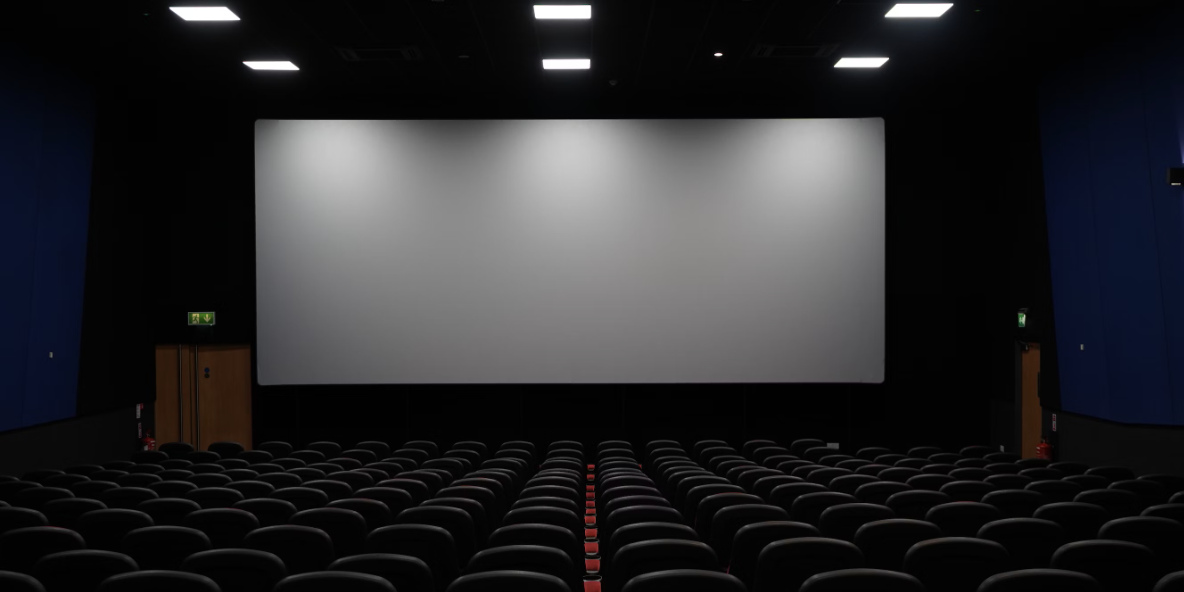Ask an MIT Professor: The Science Behind Oppenheimer
It’s not every day you see a topic like quantum physics represented in a hit summer movie. Yet Christopher Nolan’s Oppenheimer has dazzled audiences everywhere and is on track to earn nearly $1 billion at the global box office.
The science advisors for the film lauded the director for “teaching himself quantum physics so well that it made their jobs easy.”
We wanted to get our own quantum physics expert in on the conversation, so we spoke with MIT Professor Will Oliver, faculty director of MIT xPRO’s Quantum Computing Fundamentals program, to hear his take on the science and history of Oppenheimer.
1. As a professor at MIT, do you believe the science in the film was realistic?
“Absolutely, I think they did a great job given the constraints of a three-hour movie,” says Professor Oliver. “Building the first nuclear weapon was a significant scientific and engineering feat, and so I think they really only scratched the surface. But they couldn’t have done much more than they did in the time they had.”
2. Was there anything you found particularly accurate or pleasing in the film?
“As a physicist, I was pleased to see so many of our physics heroes appear in the movie. I felt that historically, the locations and the players were well represented and accurate as far as I’m aware. While I’m not a historian, nothing stood out to me as highly inaccurate,” says Professor Oliver.
He eventually admitted that there was one plot point he was skeptical about: whether Oppenheimer truly poisoned his professor’s apple. (As it turns out, he did!)
3. Can you speak to the history and significance of Oppenheimer’s role in bringing quantum physics to prominence?
“Again, I'm not a historian, but it is true that quantum mechanics was largely developed in Europe at the time,” explains Professor Oliver. “Oppenheimer was one of the early American students to study quantum mechanics in Europe, and he brought his learnings back with him.”
He adds, “Quantum basically was a new way of thinking about much of the classical physics that had been developed in the previous 50 to 100 years. Quantum physics was somewhat controversial at the time, and Oppenheimer certainly played a large role in studying it and bringing it to prominence in the US.”
4. Do you think the film accurately portrayed the ethical and moral dilemmas Oppenheimer and his team faced?
Professor Oliver acknowledges that the dialogue in the movie may not be entirely accurate but says that the movie did a good job portraying the ethical and moral dilemmas relevant to the Manhattan Project.
“It’s true that many physicists questioned not whether they should build a bomb or win World War II but the moral implications of creating such a destructive power,” says Professor Oliver. “For example, should it be shared with the Soviet Union? Should the team go on to make a thermonuclear weapon, or was a fission bomb powerful enough? These were real debates at the time.”
Professor Oliver adds that, like many technologies, nuclear technology has dual uses—in this case, spanning a range from beneficial to the environment to destructive to humanity. “Nuclear energy can be used to generate electricity while limiting greenhouse gasses. But at the same time, it can be used as a nuclear weapon. Engineers and physicists must face thorny ethical challenges about pursuing certain technologies in their lifetimes,” says Professor Oliver.
5. Do you explore ethical dilemmas in the classroom? How do you navigate these conversations with students?
Professor Oliver notes that there are many classes that explore the moral implications of the work engineers and physicists are doing. “One approach we take is addressing topics of fairness and economic inequity. For example, if a technology makes someone extremely wealthy at the expense of others who don’t have access to that technology, is that truly fair? There aren’t always clear answers to the questions that arise, but moral dilemmas pop up again and again, so it’s important for students to be thinking about them,” says Professor Oliver.
6. How well did the film capture the interaction between scientists, engineers, and policymakers? how important is that collaboration in today's advanced physics research?
Professor Oliver explains that a high level of input and collaboration between all parties mentioned is critical, especially for large-scale initiatives like the Manhattan Project. He acknowledges that Oppenheimer paid this element some attention but reiterates that there’s only so much to fit in a three-hour film.
He explains, “In Chicago, Enrico Fermi had the Chicago Pile-1 that was represented in the movie. And that’s when people started saying, ‘Okay, this could actually work.’ But to then build the bomb safely without it detonating required the work of engineers. And, of course, their work had to be funded with the support of policymakers. There were many contributors involved from around the country, and it’s difficult to coordinate all those moving pieces without the US government’s involvement.”
7. The movie portrayed Oppenheimer as having a well-rounded intellectual background. Is there a lesson here for current and future scientists?
While Oppenheimer was indeed an individual with many talents, Professor Oliver says that’s common among scientists and that there are benefits to what he calls “diversity of thought.”
“I think people who are curious about the world or how things work often have interests that go beyond just one singular focus,” expresses Professor Oliver. “Many of my colleagues here at MIT have an array of interests, and it's pretty rare to come across someone who's really good at only one thing and nothing else.”
He adds that he often finds himself drawing from other fields or making analogies that he wouldn’t have had if he didn’t have broader interests beyond his specific discipline.
8. MIT's motto is "mens et manus," meaning "mind and hand." The film shows Oppenheimer, a theoretical physicist, becoming the father of the atomic bomb. How does this align with MIT's educational ideals, and what does it imply for the future of quantum physics?
“MIT really embodies ‘mens et manus’ and the idea that if you want to change the world, you need people from different disciplines working together,” says Professor Oliver.
He explains, “Significant developments in quantum physics will require this collective input. The physicists at MIT’s School of Science will determine what’s possible and how to proceed. But it will be MIT’s School of Engineering that makes it practical and scales it. It will be MIT’s Sloan School of Management, the institute’s business school, that helps us commercialize it and market it. Finally, MIT's School of Humanities, Arts, and Social Sciences will help us think about the right ways to use it and perhaps some new ways that benefit a broader sector of humanity.”
While the idea of a Manhattan Project-level initiative dedicated to quantum physics may sound compelling, Professor Oliver notes the degree of urgency for coordinating such an undertaking is missing. “The Manhattan Project was completed in three years because we had to win a war. I don't think we have to build a quantum computer in three years. The world won't fall apart if that doesn't happen.”
Nevertheless, Professor Oliver and his colleagues will continue working toward the goal of building a quantum computer—and there are good reasons why many businesses should build a quantum-ready workforce now.
If you’re ready to discover the business and technical implications of the new frontier in computing and how you can apply them to your organization, check out Quantum Computing Fundamentals.



